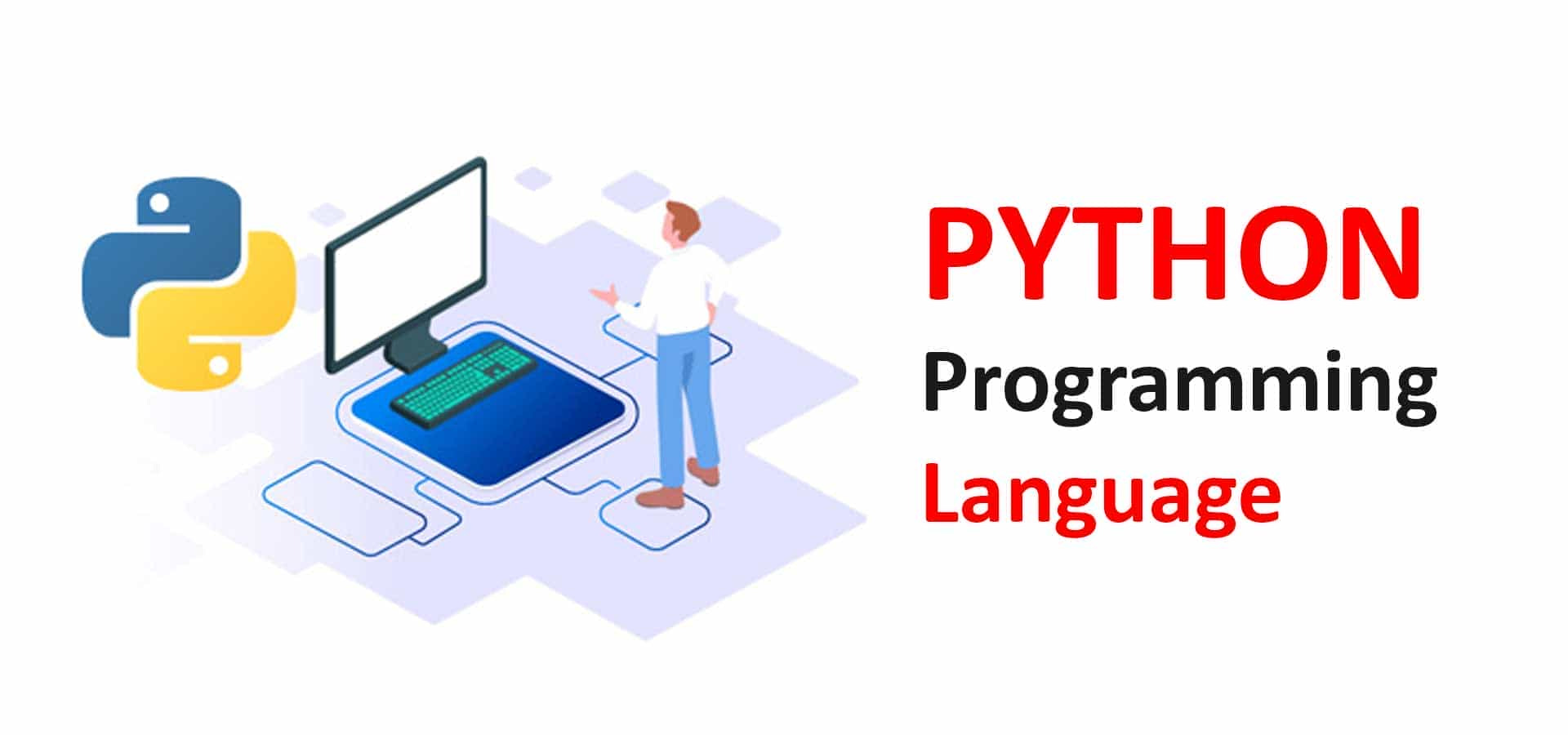Decorators In Python
페이지 정보
작성자 Devon 댓글 0건 조회 2회 작성일 24-12-27 22:25본문

Decorators are a very highly effective and useful gizmo in Python because it permits programmers to change the behaviour of a perform or class. Decorators enable us to wrap another operate so as to extend the behaviour of the wrapped perform, without permanently modifying it. However earlier than diving deep into decorators let us perceive some concepts that will are available in helpful in studying the decorators. Nicely, the variables a and b, both level to the same record. This is possible because variables in Python are not buckets, however pointers. Note that Python stores the variables in a separate place than it stores the objects. At any given time, each variable in Python factors to precisely one object. You possibly can delimit string values with both single quotes (' ') or double quotes (" "). All the characters between the opening and shutting delimiter are part of the string. For multi-line strings with line breaks, you need to use triple quotes. You can even print selected characters from a string. You printed the characters at index 1, index 2, and index 10. Notice that the index rely begins at 0. That is, in ‘This’, index zero is ‘T’. Python strings are immutable; that's, you cannot modify a string with out creating a new string variable, or assigning a totally new string value to the variable. As you may see, you're going to get an error message whenever you try to switch a string; on this case, by altering a single character.
This is very similar to utilizing else with an if statement. The Python customary documentation has a bit on utilizing break and else with a for loop that you should actually take a look at. It makes use of a great instance for instance the usefulness of the else block. The duty it shows is looping over the numbers two by way of nine to search out the prime numbers. You can use the prime flag to point how the loop was exited.
As an illustration, if you’re iterating over an inventory, don’t add or remove elements from the record as you iterate. If the rationale you’re iterating over elements is to check every ingredient to see when you need to add or remove something, there is a better solution. Create a brand new, empty container, populate it solely with the elements you need to maintain, then change the old container with the brand new one. The key idea is to first calculate the size of the list and then iterate over the sequence throughout the vary of this size. In our for loop above we are looking at a variable’s index and language, the in key phrase, and the range() operate to create a sequence of numbers. Word that we also use the len() perform on this case, as the list isn't numerical. For every iteration, we are executing our print assertion. So for each index in the range len(languages), we want to print a language.
This nonetheless permits us to preserve the unique exception’s traceback. Avoid using this when it's essential preserve the original exception. This sample is similar to Pattern 2. However, utilizing from None suppresses the unique ZeroDivisionError exception. Here, the traceback will not embody the original ZeroDivisionError, only the ValueError exception and the customized error message raised. Usually, any object that supports Python’s iterator protocol can be utilized in a for loop. A variable that holds each component from the container/sequence/generator. In case you are iterating through an object that yields containers or sequences, you should utilize Python’s multi-assignment syntax to unpack them. The example above shows how a listing may be iterated over utilizing a for loop. Notice that if you have a list of lists, every ingredient extracted by the for loop will itself be a listing. Harnessing the potential of both traditional and lambda features will considerably improve your capacity to sort out programming issues with Python. Our Editorial Group is made up of tech fanatics who're extremely expert in Apache Spark, PySpark, and Machine Studying. They are also proficient in Python, Pandas, R, Hive, PostgreSQL, Snowflake, and Databricks. They don't seem to be simply specialists; they are passionate teachers. They're devoted to creating complicated data concepts straightforward to know via engaging and simple tutorials with examples.
"Variables and Data Types in Python training institutes (read more on Sailboatwreckingyard`s official blog)". A variable is a reputation that is used to retailer a price. You should use variables to save lots of and manipulate knowledge all through the execution of the program. 5 assigns the worth 5 to the variable x. Yes, in Python you possibly can reassign the value of a variable at any time. A global variable is accessible from anyplace in this system, whereas a neighborhood variable is simply available inside the perform or block where it was defined. Sure, you possibly can assign values to multiple variables in a single line utilizing a number of assignments. Python, a extensively used programming language, adopts the Unicode Normal for its strings, facilitating internationalization in software growth. The str() function in Python is an in-constructed operate that takes an object as input and returns its string illustration. It can be utilized to convert varied data sorts into strings, which may then be used for printing, concatenation, and formatting.
- 이전글시알리스 약 부작용 시알리스처방, 24.12.27
- 다음글Lotto Numbers Explained: Understanding the Odds and Strategies 24.12.27
댓글목록
등록된 댓글이 없습니다.